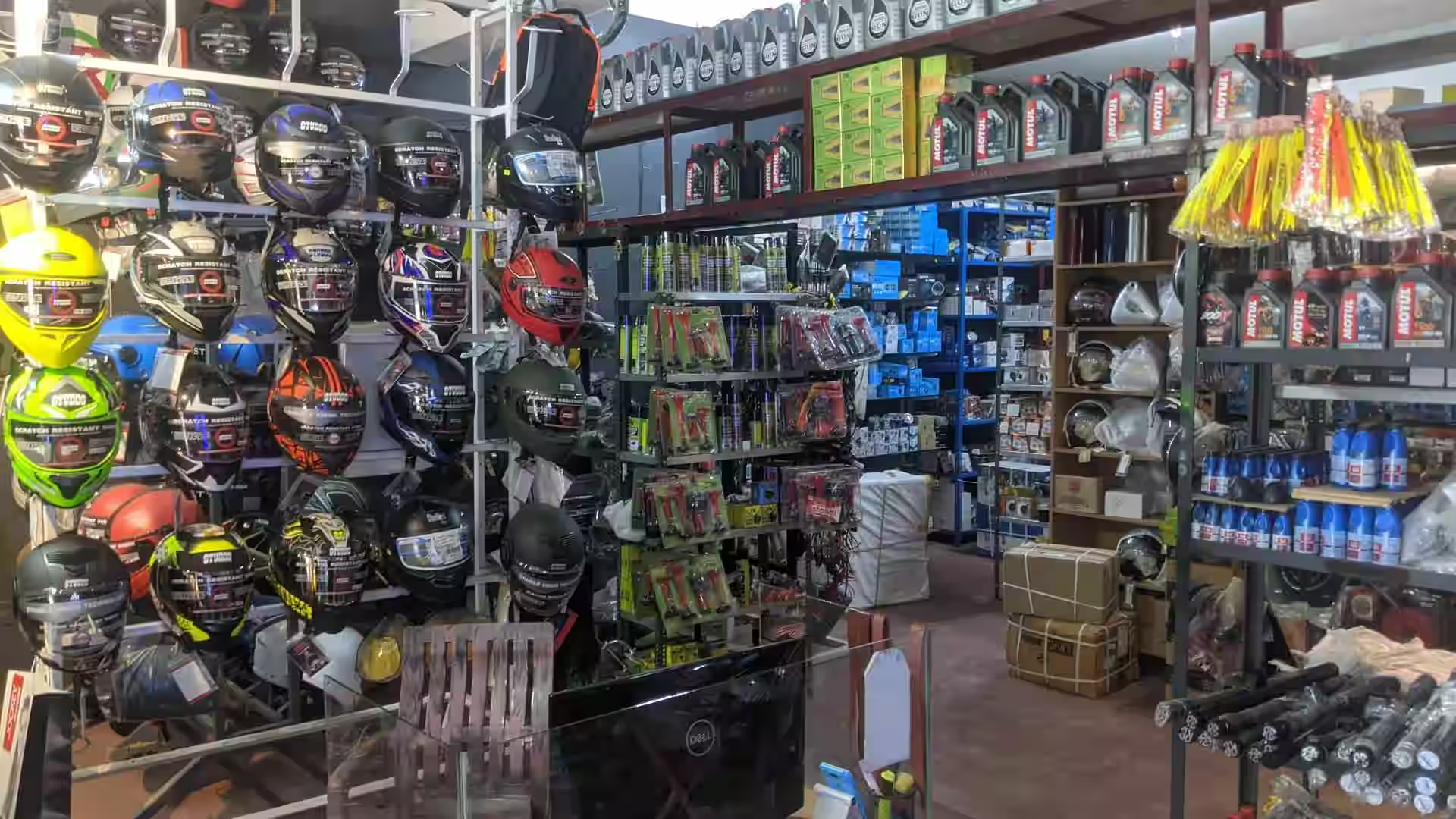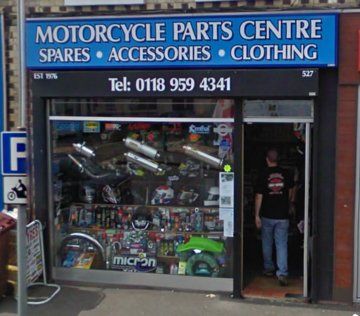Discover the Latest Motocross Gear NZ for Every Level of Rider
Discover the Latest Motocross Gear NZ for Every Level of Rider
Blog Article
Comprehending the Important Parts of a Motorbike: A Comprehensive Guide for Enthusiasts
For motorcycle enthusiasts looking to raise their riding experience and ensure their bikes run smoothly, comprehending the important parts of a motorbike is vital. Each component, from the engine's detailed operations to the essential function of the braking systems, not only impacts efficiency however likewise safety and security and comfort. This guide will stroll via the basic components that every biker need to recognize with, enabling notified choices in both maintenance and possible upgrades. As we start this exploration, one must ask: how does each element connect to create the smooth adventure every fanatic seeks?
Engine Parts

The camshaft plays a critical function in regulating the timing of the engine's shutoffs, ensuring the accurate opening and closing essential for efficient gas and air consumption, in addition to exhaust expulsion. This timing is crucial to maintaining optimal engine performance and efficiency. Additionally, the carburetor or gas shot system, depending on the motorcycle model, is in charge of mixing air with fuel in the right proportion for burning.
The air conditioning system, either air or liquid-based, works to preserve the engine's temperature level within functional restrictions, avoiding overheating and guaranteeing long life - moto parts nz. Each element, carefully created and integrated, adds to the smooth operation of the engine, specifying the motorcycle's power outcome and overall performance
Transmission System
Integral to the bike's capability, the transmission system makes sure efficient power transfer from the engine to the wheels. This system consists of several essential parts, consisting of the clutch, transmission, and last drive, each playing an essential duty in converting the engine's power right into motion. The clutch, commonly operated by a hand lever, serves to disengage the engine and involve from the transmission, permitting smooth gear changes and controlled acceleration.
The transmission, commonly described as the transmission correct, consists of a set of equipments that cyclists can by hand move with to change the bike's speed and torque output. These gears are arranged in a sequence that makes it possible for the motorbike to accelerate smoothly and maintain optimum engine performance throughout various speeds. The majority of bikes utilize a sequential gearbox, needing the motorcyclist to shift gears in a predetermined order.
Braking Systems
While recognizing the transmission system is key to using a motorcycle's power, just as vital is the capacity to regulate and stop that power properly, which is where braking mechanisms come right into play. Brakes are critical for security and performance, offering the motorcyclist with the needed control to navigate numerous terrains and conditions. Commonly, motorcycles feature 2 types of braking systems: disc brakes and drum brakes.
Disc brakes are a lot more common in modern-day motorbikes due to their remarkable efficiency. They contain a brake disc, caliper, and pads. When activated, the caliper presses the brake pads against the rotating disc, transforming kinetic energy into heat, therefore reducing the wheel. This system uses far better warm dissipation, regular efficiency, and boosted stopping power, specifically in wet problems.
Conversely, drum brakes, though less common, are still found in some motorcycles. They function by pressing brake footwear against the internal surface area of a drum affixed to the wheel. While typically less reliable in warmth dissipation and quiting power, drum brakes are easier and extra economical.
Comprehending these braking systems' subtleties allows cyclists to preserve their bikes appropriately and appreciate the design that makes sure safe and effective stopping.
Suspension and Steering
Suspension and steering systems are vital elements that significantly influence a motorcycle's handling and trip comfort. The shock absorber, including forks at the front and shock absorbers at the rear, absorbs roadway abnormalities, enhancing stability and control. Front forks, generally telescopic or upside down, compress and rebound to reduce effects, while back shock absorbers maintain tire call with the road, essential for grip and safety and security.
Guiding, centered around the handlebars, connects the biker to the motorcycle's see it here directional control. The guiding head bearings make certain smooth operation, enabling precise ability to move. Proper placement and maintenance of these bearings are important for foreseeable steering reaction and decreasing biker tiredness.
The suspension's adjustability is an additional critical aspect; preload, damping, and rebound setups allow modification to match different riding problems and designs. This flexibility is essential for enhancing performance, whether navigating urban streets or tackling sturdy routes. Technologies like digital suspension systems provide real-time changes, enhancing trip quality throughout diverse surfaces.

Electrical Equipments
After making sure a regulated and smooth experience via effective suspension and guiding systems, attention transforms to the electrical systems, an essential aspect of modern motorcycles. These systems play an important function not only in starting the engine yet likewise in powering various parts that improve the functionality and security of the bike.
At the heart of a motorbike's electric system is the battery, which shops electric energy needed for beginning the engine and powering supporting systems - motorcycle parts nz. The alternator or generator, combined with the rectifier-regulator, makes sure the battery stays charged while the bike functions, transforming mechanical power into electrical energy and preserving voltage degrees
The ignition system, one more critical component, is accountable for igniting the air-fuel mixture in the engine's cylinders. Modern motorbikes often utilize a digital ignition system, using higher performance and integrity compared to standard systems.
Lighting systems, including headlights, tail lights, and indicators, are additionally vital, ensuring presence and safety and security for the rider. Extra electronic elements such as sensors, control systems, and shows contribute to sophisticated attributes like fuel injection administration, anti-lock stopping systems (ABDOMINAL), and electronic dashboards, additionally boosting the riding experience.
Final Thought
A comprehensive comprehension of a bike's vital parts, including the engine, transmission system, braking devices, suspension, guiding, and electrical systems, is indispensable for enthusiasts intending to optimize convenience, efficiency, and safety. Proficiency of these components enables notified decisions concerning upkeep and upgrades, inevitably improving the riding experience. By integrating this expertise, cyclists can ensure their motorbikes operate at peak effectiveness and dependability, thus making best use of both satisfaction and longevity of their automobiles.
For motorcycle lovers looking to boost their riding experience and guarantee their bikes run smoothly, comprehending the vital components of a motorcycle is vital.Integral to the motorcycle's Our site performance, the transmission system makes certain reliable power transfer from the engine to the wheels.While recognizing the transmission system review is key to taking advantage of a motorcycle's power, just as important is the ability to manage and stop that power efficiently, which is where braking mechanisms come right into play. Normally, motorcycles include 2 types of stopping systems: disc brakes and drum brakes.
A thorough comprehension of a bike's important components, including the engine, transmission system, stopping systems, suspension, guiding, and electrical systems, is important for enthusiasts intending to maximize efficiency, safety, and convenience.
Report this page